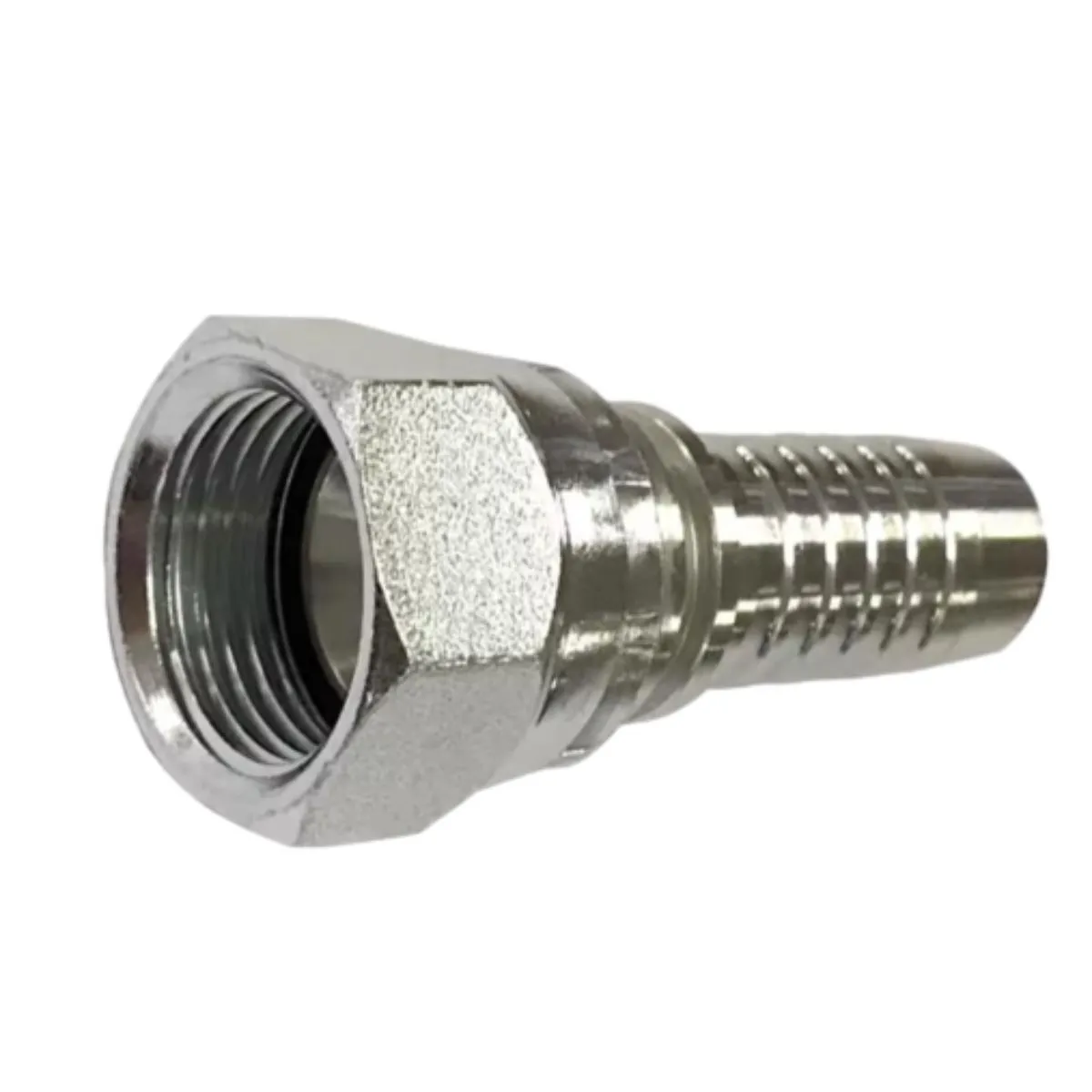Aug . 09, 2024 05:30 Back to list
Current Cost Analysis of Barbed Wire per Kilogram and Market Trends for 2023
Understanding Barbed Wire Prices per Kilogram
Barbed wire has been an essential material in various industries for years, serving multiple purposes from security fencing to agricultural applications. The price of barbed wire per kilogram is a crucial factor for consumers, manufacturers, and businesses alike. This article delves into the factors influencing barbed wire prices, the market trends, and why understanding these prices is important.
Factors Influencing Barbed Wire Prices
1. Raw Material Costs The primary component of barbed wire is steel. Therefore, fluctuations in the price of steel directly impact the cost of barbed wire. Prices of steel can vary due to factors such as global demand, production levels, and tariffs set by governments on imports and exports. When steel prices rise, manufacturers often pass these costs onto consumers, leading to higher prices for barbed wire.
2. Manufacturing Process The production methods also play a role in determining the price of barbed wire. Different manufacturers may use advanced technologies or more efficient processes, impacting their production costs. Additionally, high-quality coatings or treatments applied to barbed wire for corrosion resistance can also affect pricing.
3. Market Demand The demand for barbed wire in various sectors such as agriculture, construction, and security also influences its price. For example, an increase in agricultural activities may lead to higher demand for fencing materials, thereby driving prices up.
4. Geographical Variations Prices can vary significantly based on location. In areas where barbed wire is in high demand or where it is harder to transport, prices may be higher. Conversely, regions with easy access to manufacturers and raw materials could see lower prices.
5. Market Competition The level of competition among manufacturers and suppliers can impact price. In a market with numerous players, prices may be kept lower due to competition. Conversely, if a few companies dominate the market, they may set higher prices.
barbed wire price per kg

Understanding Market Trends
To effectively navigate the barbed wire market, consumers and businesses must be aware of ongoing trends. For instance, recent global supply chain disruptions have affected various industries, including metal production. Following trends related to steel production, global trade agreements, and geopolitical factors can provide insights into potential price movements.
Moreover, the increasing focus on sustainable practices in manufacturing can influence barbed wire prices. As manufacturers adopt eco-friendly processes and materials, there may be shifts in pricing structures, with potentially higher costs for sustainable products.
Importance of Price Awareness
For consumers and businesses purchasing barbed wire, understanding the price per kilogram can help in budgeting and planning. Knowing average prices allows potential buyers to make informed purchasing decisions, compare products, and assess the best options for their specific needs.
For contractors and large-scale consumers, having a clear understanding of barbed wire pricing can also influence project costs and timelines. When making bulk purchases, being aware of market trends and price fluctuations can lead to significant savings and better overall project management.
Conclusion
In summary, the price of barbed wire per kilogram is influenced by a myriad of factors including raw material costs, manufacturing processes, market demand, geographical variations, and competition. Keeping an eye on market trends and staying informed about pricing can significantly benefit consumers and businesses alike. As barbed wire continues to play an integral role in various industries, understanding these elements is essential for making informed decisions in purchasing and usage.
-
Weather Resistance Properties of Quality Roofing Nails
NewsAug.01,2025
-
How Galvanised Iron Mesh Resists Corrosion in Harsh Environments
NewsAug.01,2025
-
Creative Landscaping Uses for PVC Coated Wire Mesh Panels
NewsAug.01,2025
-
Common Wire Nail Dimensions and Their Specific Applications
NewsAug.01,2025
-
Choosing the Right Welded Wire Sheets for Agricultural Fencing
NewsAug.01,2025
-
Anti - Climbing Features of Razor Wire Barriers
NewsAug.01,2025









